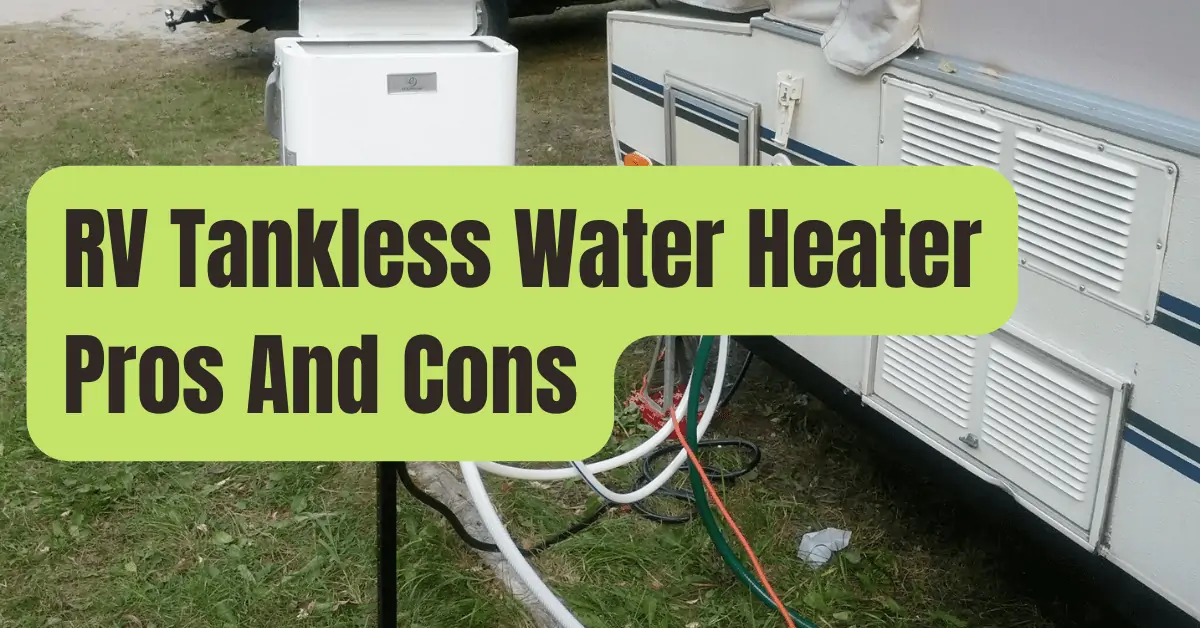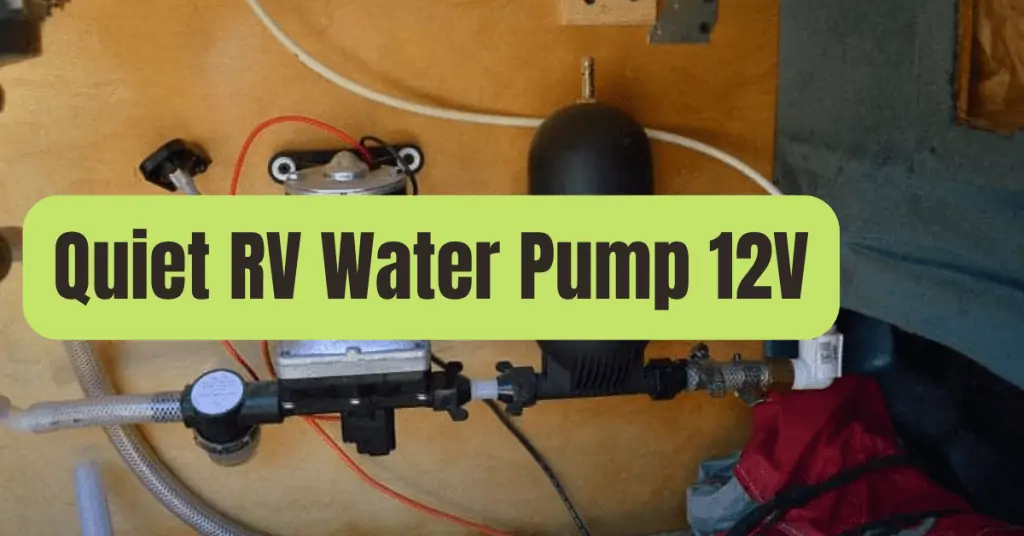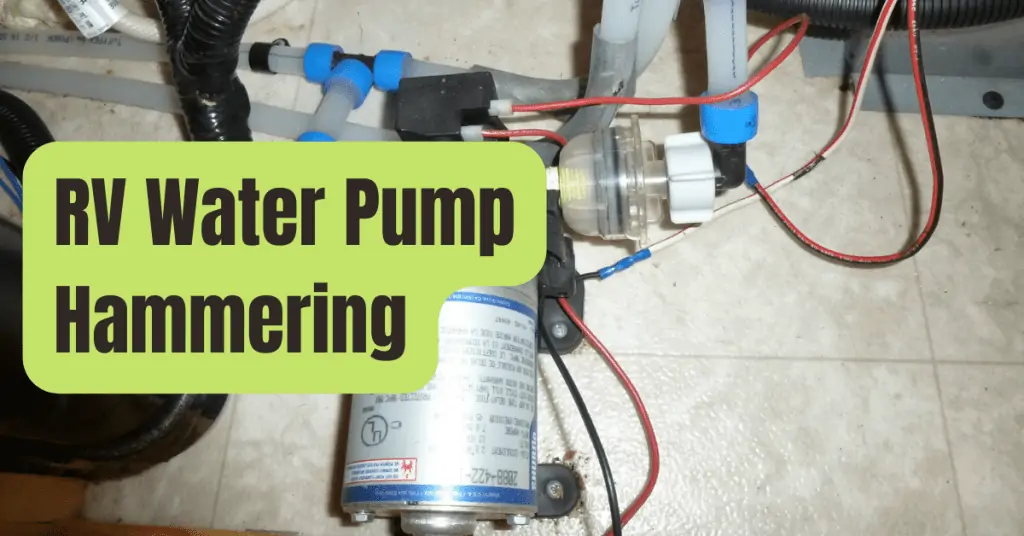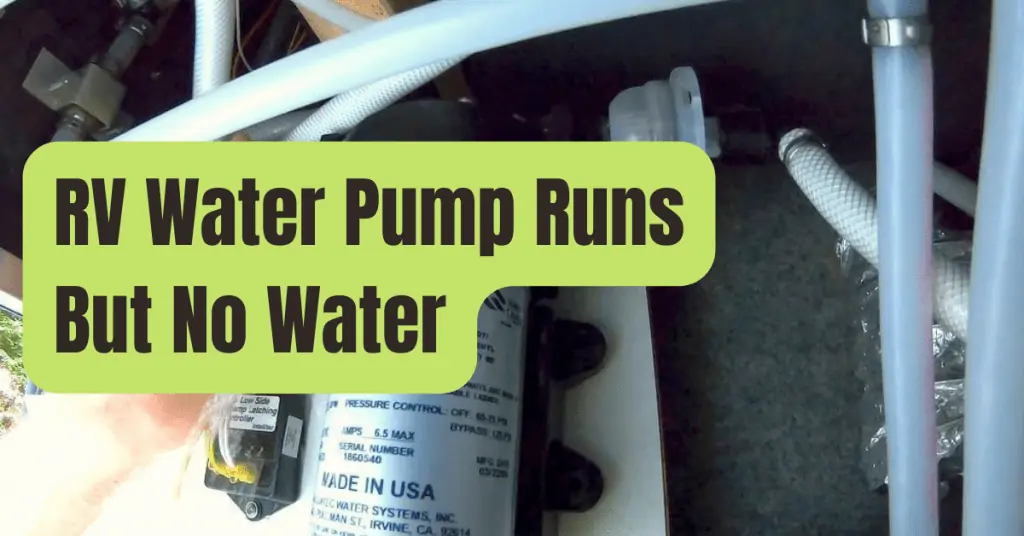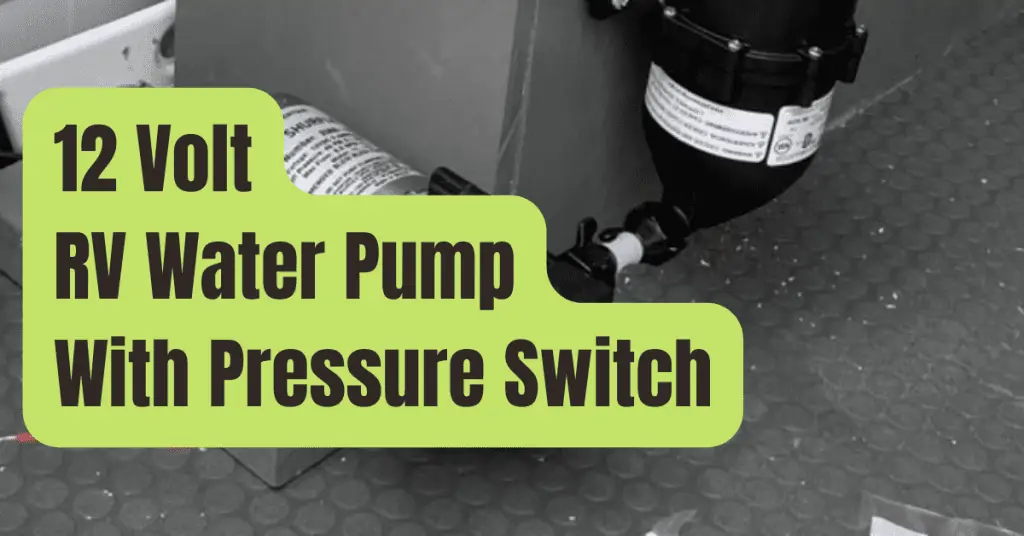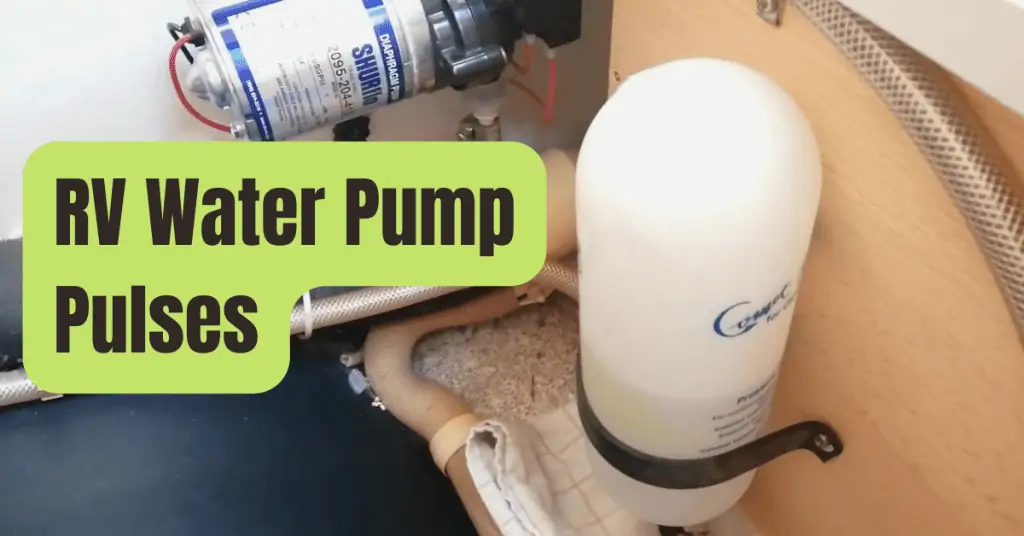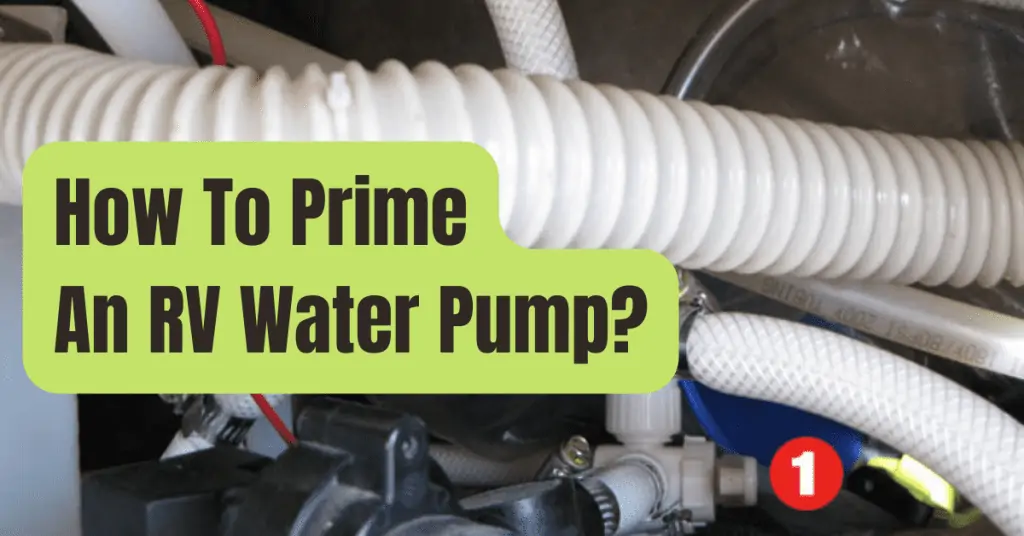The average shower in America uses 2.1 gpm, or around 18 gallons of water (gallons per minute).
Warm, steaming, cooling, and exfoliating.
That similar shower would run out of water in the normal RV in roughly 2 minutes and 52 seconds.
Not even enough time to get a lather going.
The typical RV water heater* has been using a 6-gallon tank for many years.
A 10-gallon tank may be used by bigger RVs.
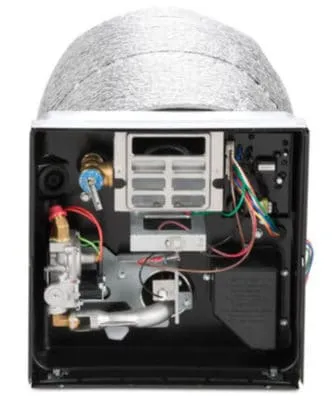
In contrast, a home water heater holds at least 30 to 50 gallons.
RVers have adjusted by using dry shampoo, taking Navy-style showers, and only bathing when the neighbors start wearing gas masks and lighting incense as you pass by.
However, there is a snobby bit of technology that may make all those water-saving tricks obsolete.
A tankless RV water heater, sometimes termed an on-demand water heater, is what it is.
Let’s discuss the advantages and disadvantages of on-demand tankless water heaters against traditional tank water heaters.
Does the latter justify the added expense? Can the former accommodate a weeklong vacation?
You Neanderthals, that’s “water heater,” not “hot water heater”! However, whatever one you choose, I hope you can understand that it is the correct enunciation.
RV Water Heaters: The Family Members
What Conventional RV Water Heaters Are About
A typical RV water heater is a rather simple device.
It’s an insulated tank with a heating element and some high-tech electrical controls.
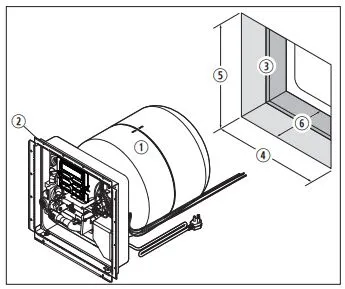
Some premium models come with extra features.
For instance, propane use is decreased through electronic igniting.
Anode rods are also included in earlier systems with steel tanks.
The anode serves as a sacrifice; it corrodes instead of the tank wall! An anode rod is not necessary in the aluminum-clad tanks of contemporary water heaters.
Every RV water heater has to be winterized by draining its water supply.
Ice may harm sensitive components and burst pipes because water expands when it freezes.
The majority of typical water heaters may be powered by either 120V electric electricity or propane gas.
The electronic controls on almost all water heaters need to be linked to 12V electricity in order to function.
Typical tank dimensions are:
- 4-gallon
- 6-gallon
- 9-gallon
- 10-gallon
- 12-gallon
- 20-gallon
The most prevalent sizes, with the exception of the biggest 5th wheels and RVs, are 6 and 10 gallons.
A line temperature of around 95 to 125 degrees Fahrenheit will be provided by water heaters (you choose).
A few may reach temperatures of 140 degrees Fahrenheit.
Most will automatically turn off if the temperature rises beyond 140 to 150 degrees (for safety reasons).
Typically, a bathing temperature between 100 and 105 degrees is seen to be safe.
Skin will scald at 120 degrees after 5 minutes of sustained contact.
You have less than a minute at 127 degrees and higher.
Oh no, oh no!
| Temperature (deg. F) | Time To Scalding |
|---|---|
| 155 | 1 sec |
| 148 | 2 sec |
| 140 | 5 sec |
| 133 | 15 sec |
| 127 | 1 min |
| 124 | 3 min |
| 120 | 5 min |
| 100-105 | Safe |
It is advisable to consider BTUs when assessing a water heater’s heating capability.
Bigger is better, obviously.
A standard water heater generally has a 10,000–12,000 BTU rating.
Conventional water heaters often include a specified “recovery time” — that is, how long it takes to reheat a full tank to operational temperature — since that is not enough heating power to continually warm water.
Typically, recovery rates are expressed in gallons per hour (GPH).
Two recovery ratings are available for gas/electric water heaters: one for the LP-mode recovery rate (typically 7.4-13.5 GPH) and a lesser one for the electric-mode recovery rate (usually 5.2-6.5 GPH).
When modes are mixed, recovery rates may reach 16 GPH and beyond!
In actuality, this means that you must typically wait at least 20 minutes before using a water heater with a tank that has been emptied of water.
Tankless RV Water Heaters: An Introduction
You can see the drawbacks of standard RV water heaters now that you are aware of them.
- Traditional water heaters take a while to warm up the water.
- Many people also don’t heat water consistently!
- Models with gas pilot lights might use quite a lot of propane.
- By wasting standby heat, you waste a lot of electricity.
Welcome to the world of tankless RV water heaters.
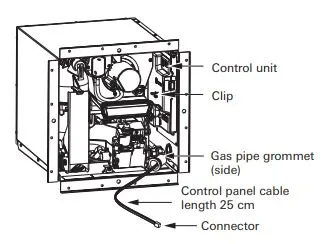
On-demand water heaters, also known as tankless water heaters, lack a tank! Whodathunk?!
On-demand water heaters warm water practically instantaneously as it goes through a smaller mixing chamber/heat exchanger, as opposed to gradually heating a big volume of water within a tank.
(There are hydronic water heaters made by businesses like Alde and Aqua Hot, but they are in a league of their own.)
The heating element has a greatly increased power! Normally rated between 40,000 and 60,000 BTUs, on-demand water heaters!
On-demand water heaters are assessed by their continuous flow in gallons per minute rather than by a GPH recovery rate (GPM).
For instance, the Furrion tankless water heater produces 0.38 to 2.4 GPM.
*However, I must inform you that not all cases will result in 2.4 GPM.
You probably won’t achieve 2.4 GPM if you use frigid 40-degree water from an unheated freshwater tank and heat it all the way to 120 degrees.
The heating element won’t be able to keep up when the water temperature drops.
Tankless Water Heater Advantages
#1. Always Have Water On Hand
The main justification for buying an instant water heater is this.
No more squeezing out “Oh COME ON!” when you are sprayed with icy water after rinsing body wash lather.
You will always have hot water as long as you have water in your tank or are connected to pressurized municipal water.
Whenever you want, it.
#2. Extremely Light
You don’t give a damn about your water heater’s weight if you’re driving a huge truck.
But a hundred pounds is nothing to scoff at for drivers of Ford Escapes, Honda CRVs, and Silverado 1500s!
Per gallon, water weighs around 8.3 pounds.
The amount of hot water that a typical 6- to 10-gallon tank water heater can hold is 50–83 pounds.
plus the appliance’s own weight, which is often 20 to 30 pounds.
The surplus weight of hot water is not included with tankless water heaters, which weigh 5 to 30 pounds.
#3. No Waiting And No Preparation
When using a conventional water heater, you must either wait 10 to 20 minutes for the water to warm up or switch the device on in advance.
With an instant water heater, there is no such method.
Take a shower by flicking a switch!
#4. Zero Temperature Spikes
By monitoring the output temperature, a good on-demand water heater provides water at a constant temperature.
Warm water may be kept at a desired temperature of minus 1-2 degrees Fahrenheit with a suitable appliance.
#5. Freeze Defense
A sensor that detects when the line temperatures fall to 40 degrees or below is included in certain RV tankless water heaters.
If that happens, the water heater will automatically move warm water through the supply lines to avoid pipe freezing.
#6. Simple to Store
The walls of cargo or cubby compartments may be installed with several on-demand RV water heaters.
This is more simpler than traditional tank heaters, which take up precious floor space and are particularly helpful for restorations.
A Tankless Water Heater’s Drawbacks
#1. Low/Minimum Flow Rate
The water heater won’t heat anything if it cannot detect the movement of water.
Consequently, on-demand water heaters must operate at a minimum flow rate (usually around 0.4-0.8 gallons per minute).
You won’t receive any hot water at all if the water is just barely trickling!
On the other side, you also shouldn’t go too quickly.
Someone is going to get chilly if Bob is doing the dishes, Susie is taking a shower, and Sasha is washing her hands in the restroom.
#2. Insufficient Electric Power
Tankless water heaters must operate on gas, unlike traditional water heaters.
The controls for the majority of on-demand water heaters, including the Furrion 2.4GPM Water Heater and the Truma AquaGo Comfort, only need 12V of electric power.
Otherwise, all work is done by the propane.
Some point-of-use types are tiny single-appliance water heaters, such the Bosch Tronic 3000T.
For instance, you may place one just beneath your kitchen sink.
However, point-of-use quick water heaters of all sizes utilize 10-15 amps at 120V.
You had better be connected into a 30A (50A is preferred) connection to ensure that you get hot water.
#3. Easily Offended by Water Pressure
Depending on water pressure, less expensive on-demand water heaters could not keep a fixed temperature.
Less pressure = less water flow = greater water temperature in these models.
You could obtain much colder water if you calibrate your water heater at 105 degrees Fahrenheit with a 35 psi pressure from your 12V water pump and then move to a 65 psi city water pressure.
FAQs
Can a tankless RV water heater take the place of my conventional water heater?
You can, indeed! The hole opening widths of many tankless water heaters are the same as those of commercially available appliances made by Dometic and Atwood/Suburban.
You may need to repair your LP hoses and/or electricity cables depending on your RV in order to enable huge volumes of propane and electric current to travel through.
A DIY installation might jeopardize the manufacturer’s warranty, so be careful.
If you want, there are several internet sites that may assist you with installing your own RV water.
The popular aftermarket Girard tankless rapid water heater installation guide is provided here.
Do instantaneous RV water heaters cost more?
Generally speaking, they are.
Most likely, it’s garbage.
Don’t forget to factor in installation costs! For instance, if you’re thinking about the highly regarded Truma
AquaGo rapid water heater, you’ll need to arrange for a certified technician to do a professional installation.
It’s not affordable!
Do tankless water heaters need upkeep?
Yes!
It is necessary to winterize any RV water heater.
No water heater is also resistant to calcification brought on by hard water (although tankless water heaters tend to last longer).
To completely clean your water heater from the inside out, you’ll need decalcification tablets or other treatments.
Can RV water heaters be used on demand during the winter?
Yes!
Well, kind of.
An RV water heater is in risk each time the temperature falls below freezing, which is often defined as 40 degrees or below.
Due to the short mechanical tubes and water lines of tankless water heaters, water freezes significantly more quickly than it would in a large, 6-gallon tank.
So long as they’re A) in a warm location, and B) have been warm for a while, tankless water heaters CAN be used in the cold!

